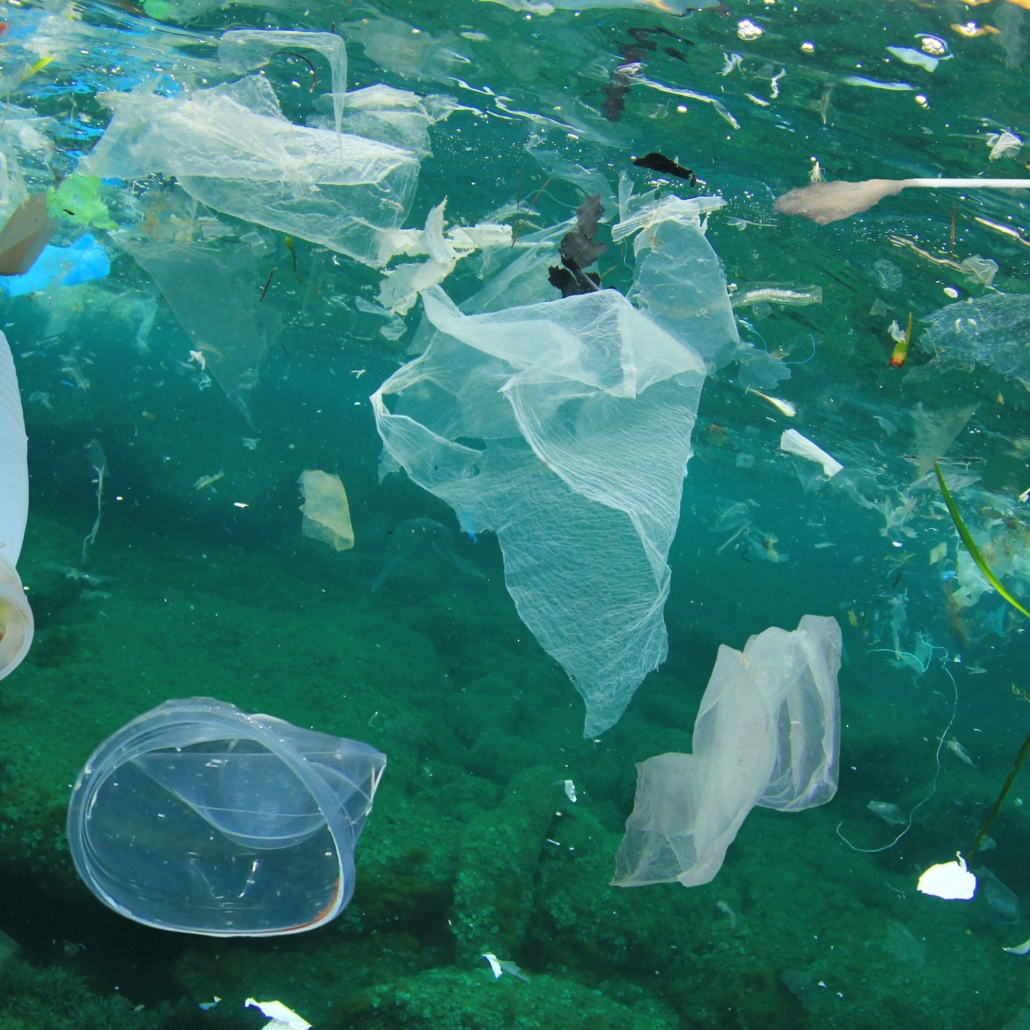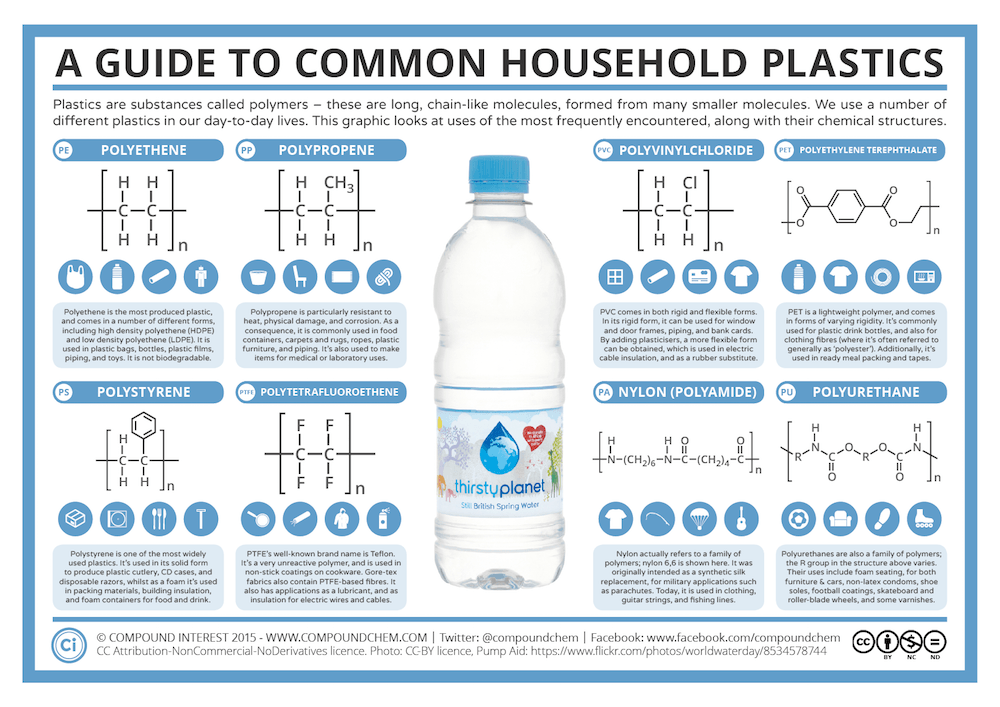Microplastics
Objectives
- Report on a current topic in chemistry. Assess the pros and cons of this topic and its potential benefit/impact on the environment.
- Complete analysis of scientific findings on a current topic in chemistry and explain any sources of possible bias and uncertainty found.
- Examine and analyze this selected study for underlying assumptions and/or bias on the researcher’s part, suggest an alternative perspective that disputes it, and/or explains the issue, solution, or finding from at least two points of view.
- Explain their (the student’s) stance, using supporting information, about the current topic in chemistry.
- Apply basic chemistry knowledge to a real-world situation.
- Determine if a source is reliable.
- Read scientific journal articles.
Introduction
Professor Richard Thompson and his team first identified microplastics in 2004. They have accumulated in the oceans since the 1960s and are present globally in seas, wildlife, and humans (University, n.d.).
Microplastics are smaller than 5mm and are created from breaking down the plastics we use daily. Figure 1.0 illustrates the most common plastics in our daily life. Click on the image to view a larger version on the Compound Interest website and read more about the plastics we use daily.
Figures 2.0 and 3.0 introduce microplastics, what we know about them, and how they impact human health and the environment. Please watch these videos and review the information on the Compound Interest website before completing the below-mentioned assignment.
Figure 1.0 – A Guide to Common Household Plastics (Compound Interest, 2015).
Figure 2.0 – How Microplastics Affect Your Health.
Figure 3.0 – Microplastics – Why You Should Care.
Many scientific journal articles have been published about microplastics in the past 20 years. Please read the article titled Seafloor Microplastic Hotspots Controlled By Deep-Sea Circulation. This outlines one scientific study conducted on microplastics in the oceans. It’s ok if you don’t understand everything about this article; however, this will give you an idea of some of the research on microplastics, their far-reaching impacts, and how the scientific community reports its findings. Please do your best to understand what the scientists studied, what they discovered, and what this means for the environment.
Assignment
Aanswer the following questions using the information provided in the assignment introduction, your textbook, and the concepts we have learned in this class. Your assignment can be typed or handwritten. Be sure to format subscripts and superscripts appropriately in your submission. Upload your completed assignment to the “Microplastics in Water Assignment Folder” on Brightspace. This assignment is worth 25 points.
- Define microplastic. (1 point)
- Explain two ways microplastics are created. (2 points)
- Explain three ways humans intake microplastics. (3 points)
- What are three possible health risks of microplastics? (3 points)
- List three impacts of microplastics on the environment. (3 points)
- Outline three ways do diminish the creation of microplastics. (3 points).
- Read the journal article titled Seafloor Microplastic Hotspots Controlled By Deep-Sea Circulation. Summarize the findings of this article and what it means for the circulation of microplastics in our oceans. (3 points)
- Did you identify any bias or uncertainty (unanswered questions) in this journal article? Explain. (2 points)
- Is this journal article a reliable source? Provide three specific reasons to support your conclusion. (3 points)
- Based on what you learned from the information provided in the introduction of the assignment and the journal article provided, do you think microplastics pose a significant threat to human health and the environment? Explain your reasoning and support it with evidence. (2 points)
References
Brunning, A. (2015). A Guide to Common Household Plastics. Compound Interest. https://www.compoundchem.com/2015/04/30/plastics/
CBS News. (2024, June 20). How dangerous are microplastics and how often do people ingest them? [Video]. YouTube. https://youtu.be/Ve0J6doLVTw?si=dzyJkuQ8iSycXwSM
Kane, I.A., Clare, M.A., Miramontes, E., Wogelius, R., Rothwell, J.J., Garreau., & Pohl, F. (2020). Seafloor Microplastics Hotspots Controlled by Deep-Sea Circulation. Science, 368(6495), 1140-1145. https://doi.org/10.1126/science.aba5899
National Science Foundation. (2024, Mar 4). [Microplastics] Why You Should Care [Video]. YouTube. https://youtu.be/rMj4fQZZ80o?si=Pe0Eiwd4LUv94ovD
UN Environmental Programme. (2019, Nov 5). How microplastics affect your health [Video]. YouTube. https://youtu.be/aiEBEGKQp_I?si=dhltaSR9kwzvoeaG
University of Plymouth. (n.d.) International Marine Litter Research Unit. University of Plymouth. https://www.plymouth.ac.uk/research/marine-litter
This page was created on August 15, 2024, and was last updated on August 15, 2024.
©2024 Catherine Haslag. All Rights Reserved.


